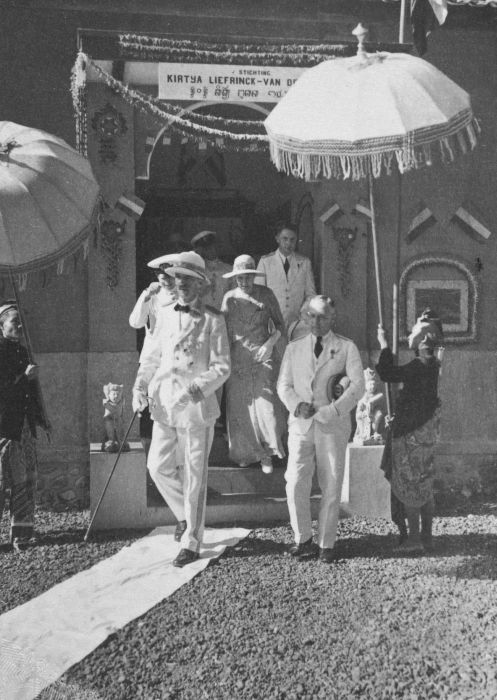Bali boasts over 20 museums, the most well-known being the Bali Provincial State Museum and the Archeological Museum. Here are three lesser-known gems bound to put a smile on the face of any history buff.
Setia Darma House of Masks and Puppets
The Setia Darma House of Masks and Puppets, or Setia Darma Rumah Topeng dan Wayang, is home to one of the largest collection of masks and puppets in the world. Spread across a number of refurbished joglos and limasans (traditional Indonesian wooden houses), the museum displays over 1000 masks and over 4000 puppets from around the Indonesian archipelago as well as Africa, China, Latin America, and Europe.
Some of the treasures here include wooden puppets, or wayang golek, inspired by the characters from the Hindu epics of Mahabharata and Ramayana. Puppets from other parts of the globe include 16th century Sicilian stick puppets and 18th century Bunraku idols form Japan. There are also leather shadow puppets, or wayang kulit, made from cured cowhide, often used during ceremonies and celebrations to tell educational stories of good and evil.
The museum, which was established in 2006, just outside Ubud, is also home to a large collection of traditional and sacred masks, religious artifacts, and costumes of Barong and Rangda, mythical characters in local folklore.
Kubu Bingin Cultural Village, Jl. Tegal Bingin, Mas, Ubud, Gianyar
Tel: 0817 6022 234
The Lontar Museum
The Lontar Museum, or Gedong Kirtya, in Singaraja, houses over 3000 manuscripts written on lontar palm leaves. Coming from royal Balinese courts and private family collections, many of the manuscripts reference the wisdom of Bali’s past generations. The huge collection includes manuscripts on a variety of topics such as religion, astronomy, astrology, literature, history, healing, rites of passage, genealogy and even black magic, some dating back hundreds of years.

Originally founded in 1928 during the Dutch colonial era, the Lontar Museum opened to the public in 2008. It is located in the Sasana Budaya complex, which also houses the old palace of the Buleleng Kingdom.

The Balinese have used temutik (or a tipped blade) to carve local wisdom on lontar for generations. The lontar are usually bound between two pieces of wood to form books. Many lontar in the collection are in Kawi, an old language used in Bali, Java and Lombok. Today, lontar are still being produced in Bali on a limited scale as a form of artistic expression and for religious purposes.
The museum also houses prasasti, inscriptions on metal plates, and books from the Dutch colonial period.
Jl. Veteran No. 20, Singaraja, Buleleng
Tel: (0362) 22645
Museum of Life Cycle Rites
Anybody who has spent some time on the Island of the Gods would be aware of how significant ceremonies are in Balinese life. The Museum of Life Cycle Rites, or Museum Manusa Yadnya, which opened in 1974, documents Hindu ceremonies and rites of passage in a Balinese person’s life from before birth to death. Located in Taman Ayun, a temple complex in the village of Mengwi, around 18 kilometers northwest of Denpasar, the museum is surrounded by lush gardens, complete with lotus and fish ponds.
Some of the rites chronologically presented at the museum through pictures and models include magedong-gedongan (at 6 months after conception), mabuhu-buhu (at birth), ngaroras dina (at 12 days old), macolong (at 42 days old), nyambutin (at 105 days old) and pawetonan (at 210 days old). Other important markers in a person’s life include the tooth filing ceremony, the marriage ceremony and the burial ceremony.
It is a good idea to combine a visit to the museum with a tour of the picturesque complex and the Taman Ayun temple. Dating back to the 17th century, the Hindu temple consists of meru (tiered shrines) and three courtyards: Jaba (outer courtyard), Jaba Tengah (middle courtyard) and Jaba Jero (inner courtyard), the last one only accessible during ceremonies. Considered the holiest area of the temple, the inner courtyard features 25 shrines, with the main one dedicated to Ulun Sui, the god of irrigation.
Jl. Ayodya, Mengwi, Badung





Reader Interactions